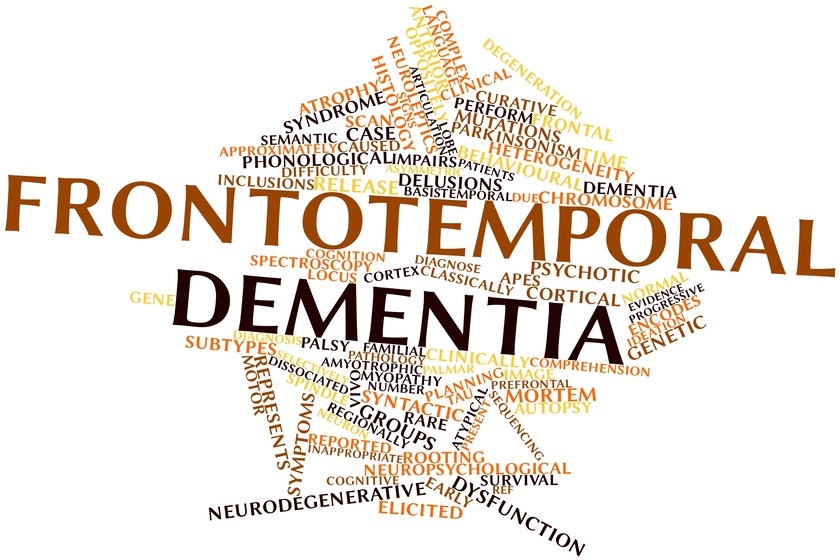If you are like most people, you have probably never heard of frontotemporal dementia (FTD). Frontotemporal dementia (FTD) is a type of dementia caused by damage to the frontal and temporal lobes of the brain. In most cases, it develops in people between ages of 45 and 65. It was first described as a distinct condition in 2004 by researchers who noticed that symptoms occurred on different sides of the brain than Alzheimer’s.
In this article, we’ll explore what FTD is, how it can affect your loved one’s life, and what treatments are available for FTD. We’ll also discuss which factors increase your risk and when to see a doctor about possible symptoms — because early diagnosis means earlier treatment.
Frontotemporal Dementia: A Mysterious Disease
Frontotemporal dementia also identified as Pick’s disease, is a set of rare diseases that affect the temporal lobes and frontal of the brain. FTD causes problems with behavior, language, or reasoning and thinking skills.
People with FTD may have symptoms similar to those caused by Alzheimer’s; however, unlike Alzheimer’s patients, people with FTD tend to have personality changes and trouble controlling their emotions or behaviors.
Patients with FTD may have difficulty finding the right words or speaking coherently. They may also repeat themselves frequently, talk out of turn, or interrupt others without realizing it. Patients may experience changes in their mood or behavior ranging from inappropriate joking or laughing at inappropriate times to uncontrollable anger toward caregivers or family members; they may also become depressed or apathetic about life altogether. Patients may exhibit decreased facial expression and body language, which can be mistaken for depression or other conditions by friends and loved ones who do not know what to expect with FTD progression.
In addition, some people with FTD develop motor movement symptoms similar to those seen in Parkinson’s disease or amyotrophic lateral sclerosis (ALS).
The most common cause of FTD is an inherited form called familial frontotemporal dementia (FTD). It can also be caused by certain genetic mutations, head trauma, or other medical conditions affecting these areas of the brain.
Diagnosing FTD
FTD is a rare form of dementia that can be difficult to diagnose. In fact, FTD was only recently recognized as a distinct clinical disorder, so the diagnostic criteria are still evolving.
One way to diagnose FTD is by ruling out other causes of dementia through blood tests and brain scans. This includes Alzheimer’s disease (AD), which affects memory; Lewy body disease (LBD), which involves movement; and vascular dementia (VaD), where blood vessels in the brain become damaged from high blood pressure or atherosclerosis.
The frontal lobes of the brain help people plan their actions and control behavior; they also play a role in personality traits—things like our sense of humor or how outgoing we are. These areas are affected early on by FTD and continue to deteriorate as it progresses; later on, other regions are also involved.
Treatment for FTD
The treatment for FTD is primarily focused on symptom management. Medications can help with behavioral problems, depression, and anxiety.
Magnetic resonance imaging (MRI) can be used to monitor the progression of the disease. Supportive care includes physical, occupational, speech, and cognitive training.
Dietary restrictions may be required if there’s an increase in weight due to increased appetite or a change in eating habits.
Rehabilitative care helps patients maintain their daily living skills, such as bathing, cooking, and dressing by using a multidisciplinary approach which could include occupational therapists who specialize in memory loss; rehabilitation physicians who can prescribe medications like antidepressants or antipsychotics; cognitive psychologists who provide cognitive rehabilitation programs; speech pathologists who work with swallowing disorders as well as respiratory therapists for issues related with breathing.







